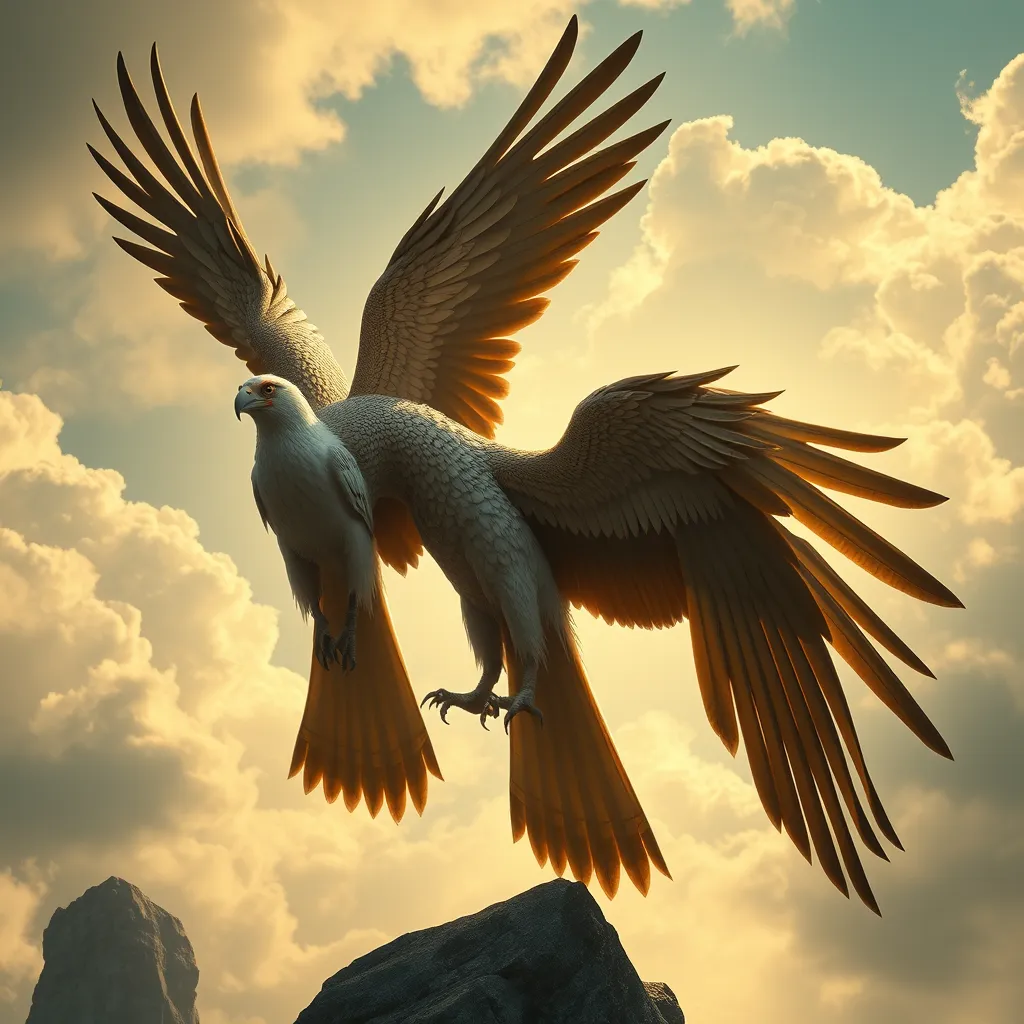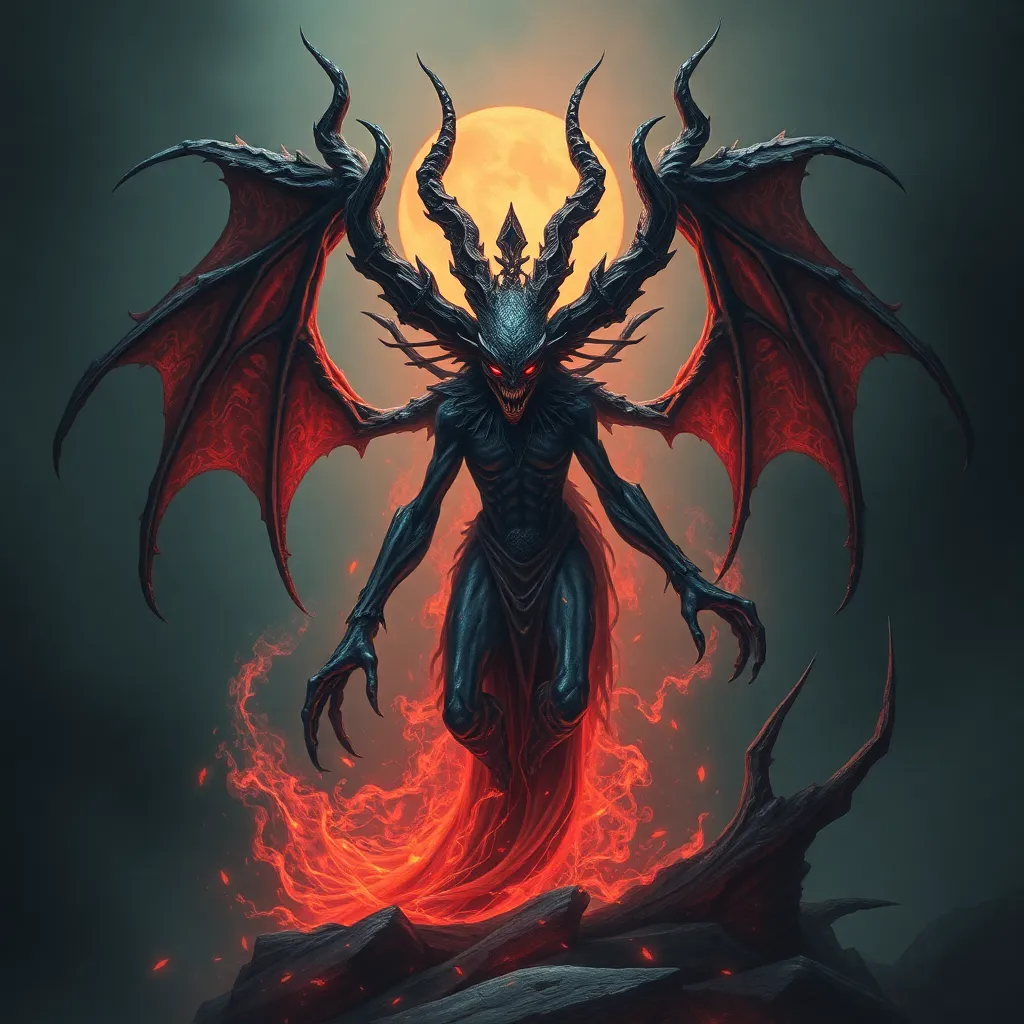The Harpies as Messengers of the Gods: Examining their Role in the Divine Realm
I. Introduction
The Harpies, often depicted as winged spirits in Greek mythology, are fascinating creatures that embody both beauty and terror. Traditionally described as having the bodies of birds and the faces of women, they have captivated the imaginations of many throughout history. Their significance extends beyond mere myth, as they represent the intersection of the divine and the mortal realms.
This article aims to explore the multifaceted role of Harpies as divine messengers in Greek mythology. By examining their origins, characteristics, and interactions with gods and mortals, we can gain a deeper understanding of their importance in the mythological narrative.
II. Origins of the Harpies
The origins of the Harpies can be traced back to ancient Greek mythology, where they are often described as the daughters of Thaumas and Electra, making them siblings to the Rainbow (Iris). In early texts, they were portrayed as storm spirits, embodying the destructive forces of nature.
Over time, the portrayal of Harpies evolved. Initially seen as benevolent beings, they gradually took on a more malevolent image, often associated with punishment and retribution. This transformation can be observed in various ancient texts, such as Hesiod’s ‘Theogony’ and Apollonius of Rhodes’ ‘Argonautica.’
The Harpies also share connections with other mythological creatures, such as the Sirens, who similarly blend beauty and danger. Their lineage and evolution highlight the complexity of their character in ancient storytelling.
III. Symbolism and Characteristics of the Harpies
The Harpies are characterized by their striking physical attributes, which include:
- Feathers that can be as dark as a storm cloud
- Human faces that evoke both allure and dread
- Wings that signify speed and the ability to traverse the realms of gods and mortals
These characteristics imply a duality in their nature, symbolizing both the beauty of nature and its destructive potential. As embodiments of natural elements, Harpies are often associated with storms and winds, representing the uncontrollable aspects of the world.
Moreover, their dual nature reflects a broader theme in mythology: the coexistence of benevolence and malevolence. While they are often depicted as harbingers of doom, they can also serve as protectors and guides, depending on the context of the myth.
IV. The Harpies in Greek Mythology
The Harpies play pivotal roles in several key myths within Greek mythology. One of the most notable stories involves Phineas, a blind seer who was tormented by the Harpies, who would steal his food and leave behind a terrible stench. In this myth, the Harpies serve as agents of divine punishment, representing the wrath of the gods.
In the tale of the Argonauts, the hero Jason and his crew encounter the Harpies while trying to free Phineas. With the help of the Boreads, the Harpies are chased away, allowing Phineas to regain his sight and share vital information about their journey. This interaction illustrates the Harpies’ role as both tormentors and facilitators of knowledge.
Throughout their stories, Harpies interact with gods and mortals, serving as messengers and enforcers of divine will. Their presence often signifies a turning point in the narrative, emphasizing the unpredictable nature of fate.
V. The Harpies as Divine Messengers
As divine messengers, the Harpies fulfill essential functions in delivering messages between the gods and humanity. Unlike Hermes, who is primarily known as the messenger god, the Harpies often deliver messages laden with warnings, prophecies, or punishments.
Some of their functions include:
- Delivering divine retribution to those who offend the gods
- Acting as guides for souls in the afterlife
- Communicating vital information that affects the fates of mortals
Their unique role helps maintain communication among the divine entities and the mortal realm, emphasizing the interconnectedness of all beings within the mythological framework.
VI. The Cultural Impact of the Harpies
The influence of the Harpies extends beyond ancient texts into the realms of art and literature. They have been depicted in various forms, including sculpture, painting, and literature, often symbolizing the fierce aspects of nature and the divine.
Modern interpretations of Harpy myths continue to thrive, appearing in films, video games, and literature. Their complex nature resonates with contemporary audiences, often reflecting themes of empowerment, vengeance, and the struggle against oppression.
The lasting legacy of Harpies in popular culture shows their ability to adapt and evolve, maintaining relevance in the collective consciousness.
VII. The Harpies’ Role in the Divine Realm
In the hierarchy of divine beings, the Harpies hold a unique position. They interact with various deities, often serving as instruments of their will, but also as independent entities with their own motivations. Their relationships with gods like Zeus and the Furies highlight the complexity of divine interactions.
The interplay between the Harpies and other deities underscores the significance of their actions in the broader context of divine affairs. They are not merely passive messengers; their presence often indicates a shift in the balance of power or a response to mortal actions.
VIII. Conclusion
In conclusion, the Harpies are essential figures in Greek mythology, serving as divine messengers who bridge the gap between the gods and mortals. Their dual nature, embodying both benevolence and malevolence, reflects the complexities of human emotions and natural forces. The cultural significance of the Harpies continues to resonate, illustrating our enduring fascination with these mythical creatures.
As we reflect on their roles and symbolism, it becomes clear that the Harpies are more than mere figures of lore; they are powerful representations of the forces that govern the world, reminding us of the intricate connections between the divine and the mortal.



